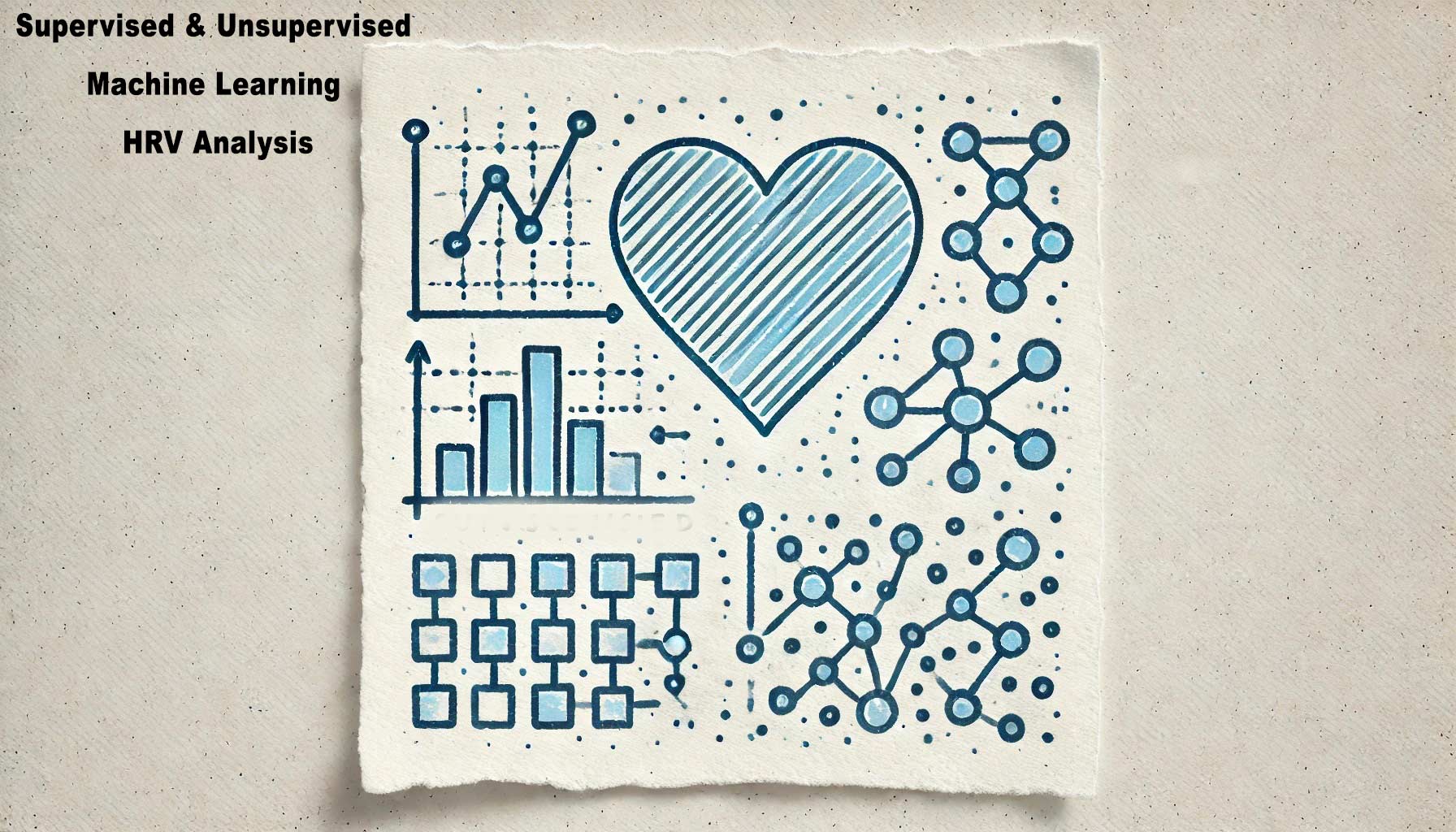Introduction
Machine learning (ML) is revolutionizing the way researchers analyze Heart Rate Variability (HRV) data, offering powerful tools to uncover patterns, make predictions, and even detect anomalies that could indicate health issues. ML is a branch of artificial intelligence (AI) that enables computers to learn from data and make decisions or predictions without being explicitly programmed. But the choice between supervised and unsupervised learning can significantly impact the outcomes of HRV studies. Each method brings unique strengths and is suited to different types of research questions and data conditions. Understanding these differences is key to selecting the right approach for your HRV analysis.
Supervised learning is a type of ML where the algorithm is trained on a labeled dataset, meaning that the input data is paired with the correct output. This approach is ideal for tasks like classification and regression in HRV studies, where the goal is to predict specific health conditions or outcomes based on known data patterns. Supervised learning’s strength lies in its ability to provide highly interpretable, accurate predictions when a large amount of labeled data is available.
Unsupervised learning, on the other hand, involves training the algorithm on data without labeled outputs. It is used to uncover hidden structures or relationships in the data, such as clustering or anomaly detection. In HRV research, unsupervised learning can help identify patterns that may not have been previously recognized, offering new insights into heart health and autonomic nervous system regulation. While less interpretable than supervised learning, unsupervised learning excels in exploring complex and unknown data structures.
This article provides a comparative overview of supervised and unsupervised machine learning for HRV analysis, helping researchers determine which method best fits their needs. While both approaches have their place in HRV research, they differ in how they use data, the kind of insights they provide, and the level of interpretability they offer.
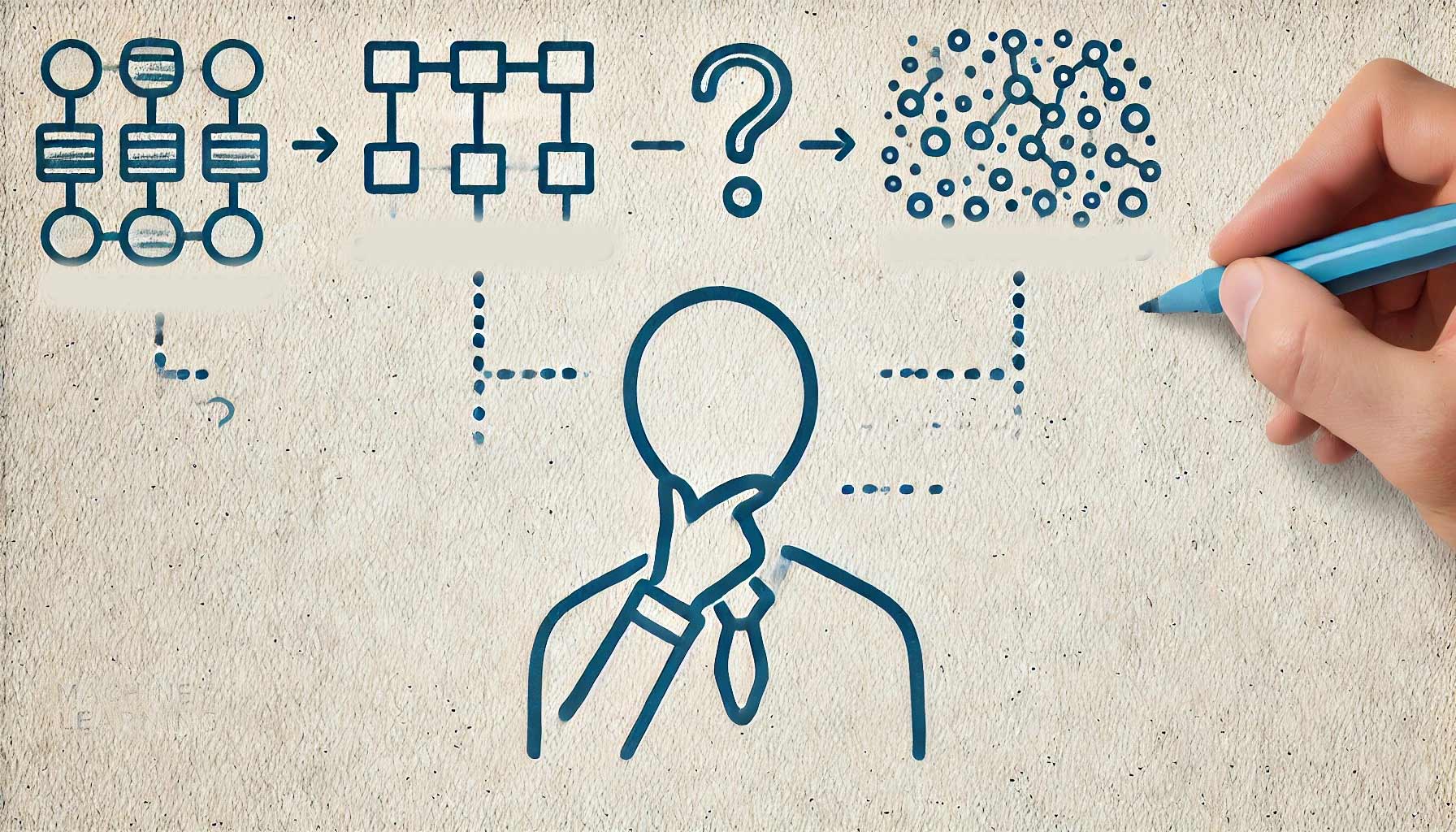
Overview of Supervised Machine Learning in HRV Analysis
Supervised machine learning involves training models on labeled datasets where the outcomes are already known. Think of it like having an answer key while solving a puzzle. In HRV analysis, this approach is typically used when researchers have specific questions that need concrete answers. For example, predicting the likelihood of a cardiovascular event based on HRV patterns is a common application.
General Applications in HRV Research
- Predictive Modeling
In HRV research, supervised learning models are often used to predict future health events, such as heart attacks or strokes. By training models on historical HRV data with known outcomes, researchers can develop tools that forecast health risks and suggest early interventions. - Classification Tasks
Another popular use is in classifying HRV data into categories like “normal” vs. “abnormal.” For instance, a model could be trained to distinguish between healthy and unhealthy heart rhythms, aiding in clinical decision-making and patient management.
Pros and Cons
- Pros: Supervised learning is highly effective when large, well-labeled datasets are available. It provides clear, interpretable results that can be directly applied to clinical or research settings.
- Cons: The downside is the need for extensive labeled data, which can be costly and time-consuming to obtain. Moreover, models trained on non-representative datasets may struggle to generalize to new, unseen data.
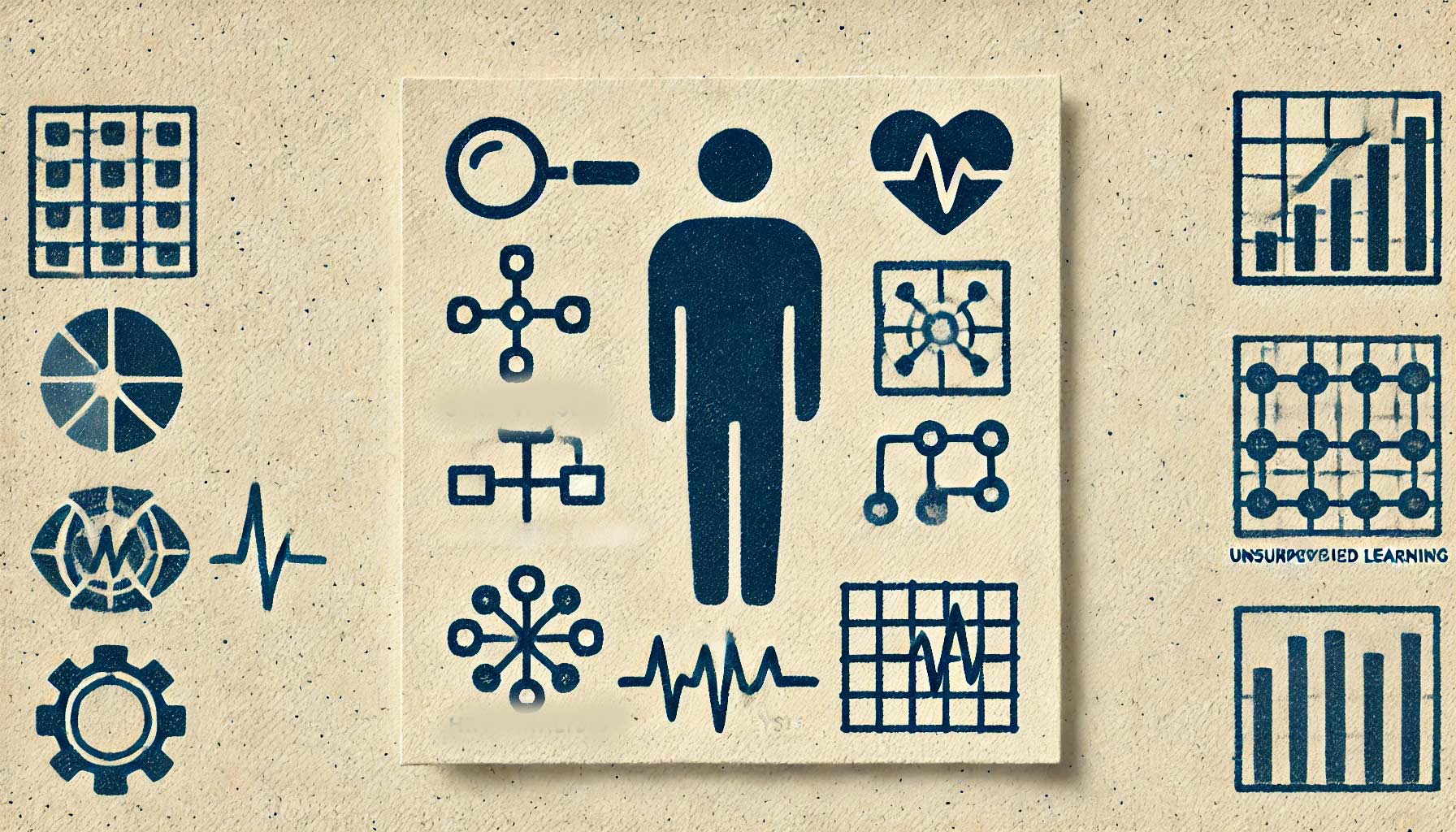
Overview of Unsupervised Machine Learning in HRV Analysis
Unlike supervised learning, unsupervised machine learning works with unlabeled data, seeking to uncover hidden patterns and structures without prior knowledge of the outcomes. This approach is like exploring a new city without a map—you’re discovering things as you go. In HRV research, unsupervised learning is particularly useful for exploratory studies and anomaly detection.
General Applications in HRV Research
- Pattern Discovery
Unsupervised learning can reveal new patterns in HRV data that researchers may not have considered. For example, clustering algorithms can group similar HRV profiles together, potentially identifying new physiological states or subgroups within a population. - Anomaly Detection
This approach is also valuable for detecting anomalies or outliers in HRV data, which could indicate potential health problems. An unsupervised model can learn what “normal” HRV looks like and flag any readings that deviate significantly from this baseline.
Pros and Cons
- Pros: Unsupervised learning does not require labeled data, making it suitable for exploratory research where little is known about the potential outcomes. It can also uncover unexpected patterns that may lead to new research directions.
- Cons: However, the results of unsupervised learning can be more challenging to interpret. Without labels, the findings are more abstract and may require additional steps to translate into actionable insights.
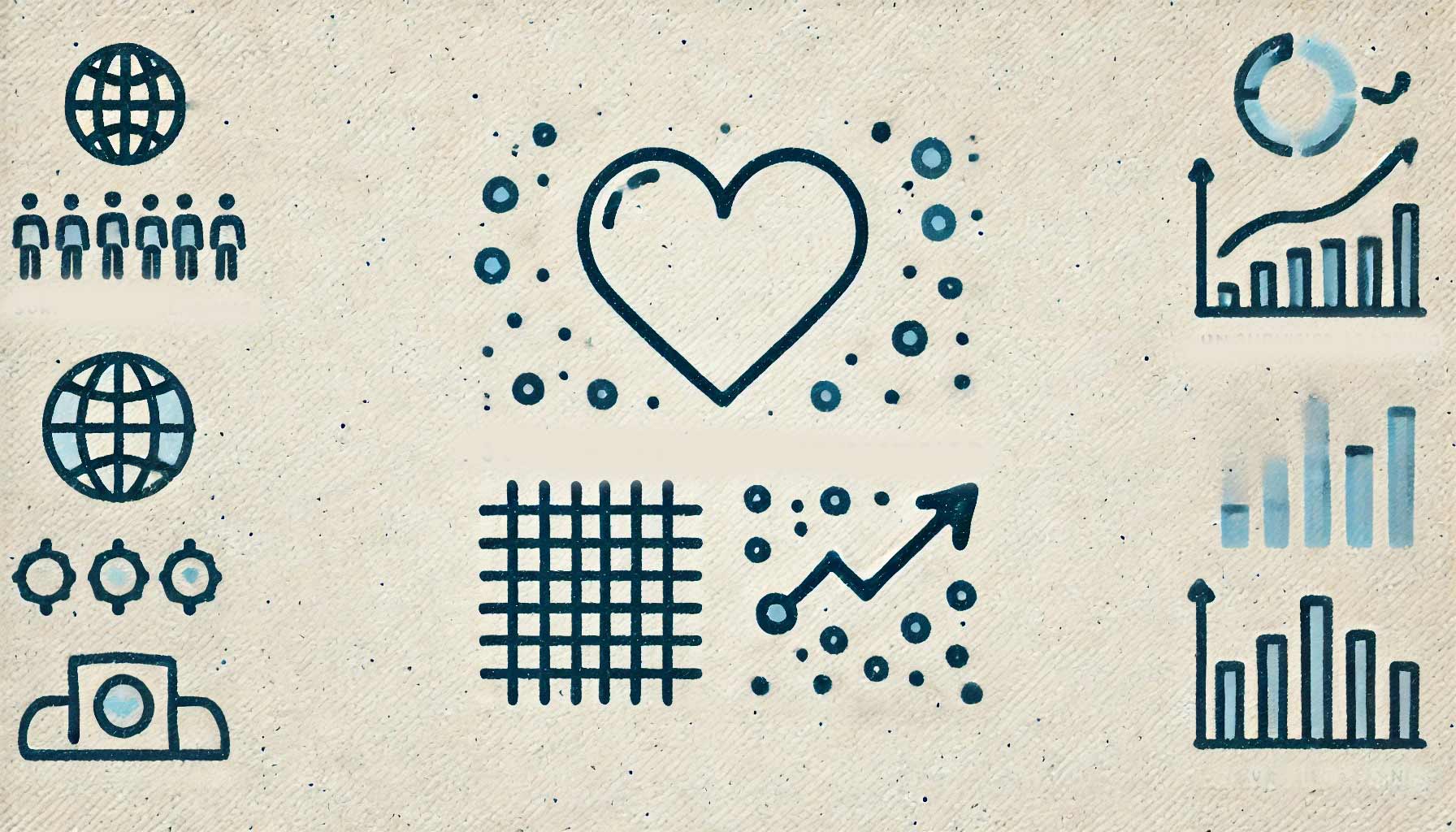
Key Differences Between Supervised and Unsupervised Learning for HRV
One of the most significant differences between the two approaches is their data requirements. Supervised learning relies heavily on labeled datasets, while unsupervised learning can work with raw, unlabeled data. This distinction makes supervised learning more suited for studies with specific, predefined questions and unsupervised learning ideal for exploratory research.
Supervised learning is often used when the goal is to make specific predictions or classifications. For instance, it is ideal for studies aiming to predict health outcomes based on HRV patterns. On the other hand, unsupervised learning shines in situations where the objective is to explore the data, uncover new patterns, or detect anomalies without predefined labels.
Supervised learning typically provides more straightforward and actionable results because the model is guided by labeled examples. In contrast, unsupervised learning can generate more abstract findings, which might require further interpretation to become actionable. This difference can influence the choice of approach based on the desired outcome of the research.
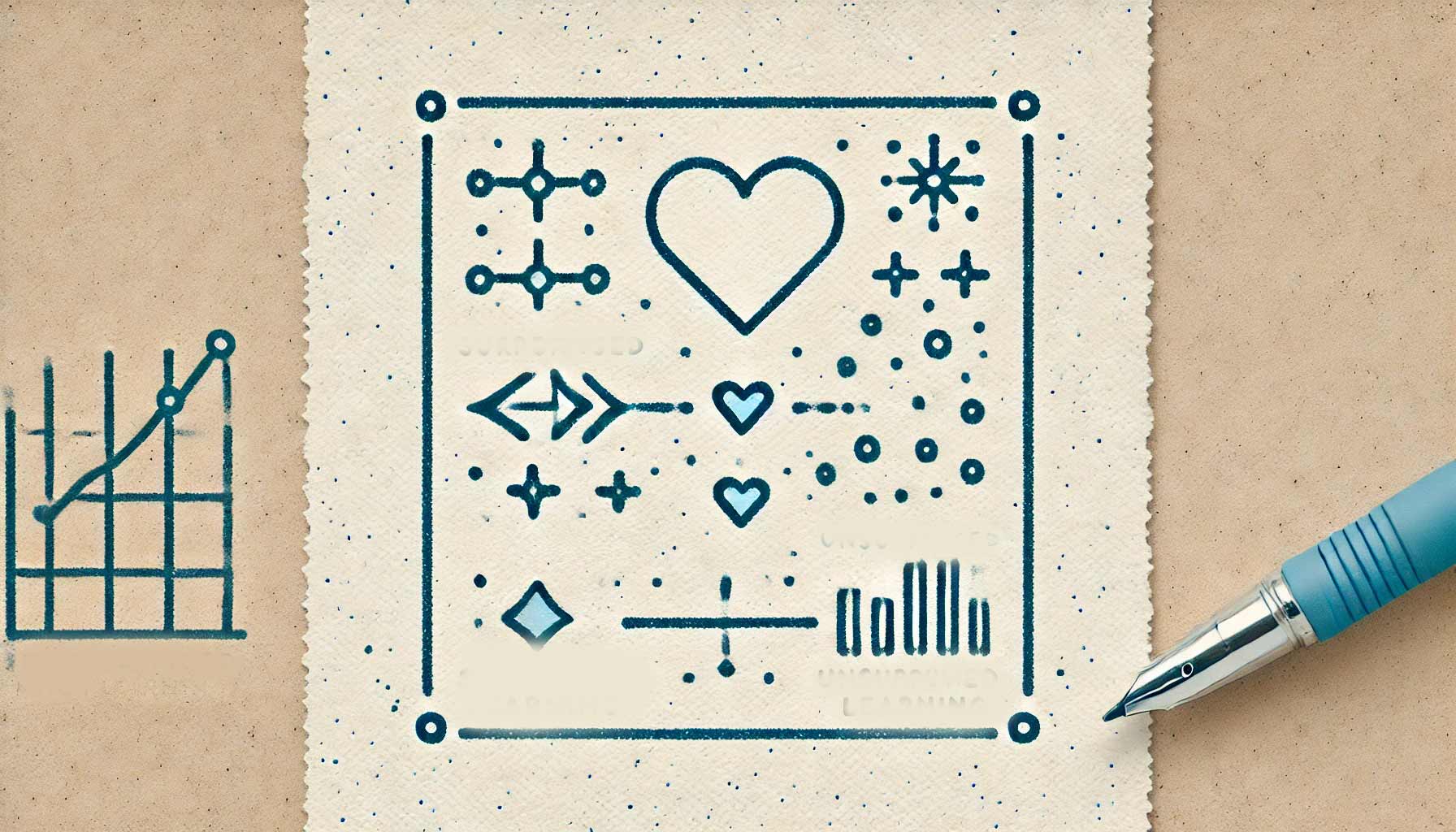
Deciding When to Use Supervised or Unsupervised Learning in HRV Research
Research Goals and Data Availability
When deciding between supervised and unsupervised learning, consider your research objectives and the type of data you have. If you have a well-labeled dataset and specific questions, supervised learning is likely the better choice. However, if you are in the early stages of research or have a large amount of unlabeled data, unsupervised learning may provide valuable insights.
In many cases, a hybrid approach can be the most effective. Researchers might use unsupervised learning to explore the data and identify new patterns, followed by supervised learning to refine these findings and make specific predictions. This combined strategy allows researchers to leverage the strengths of both approaches.
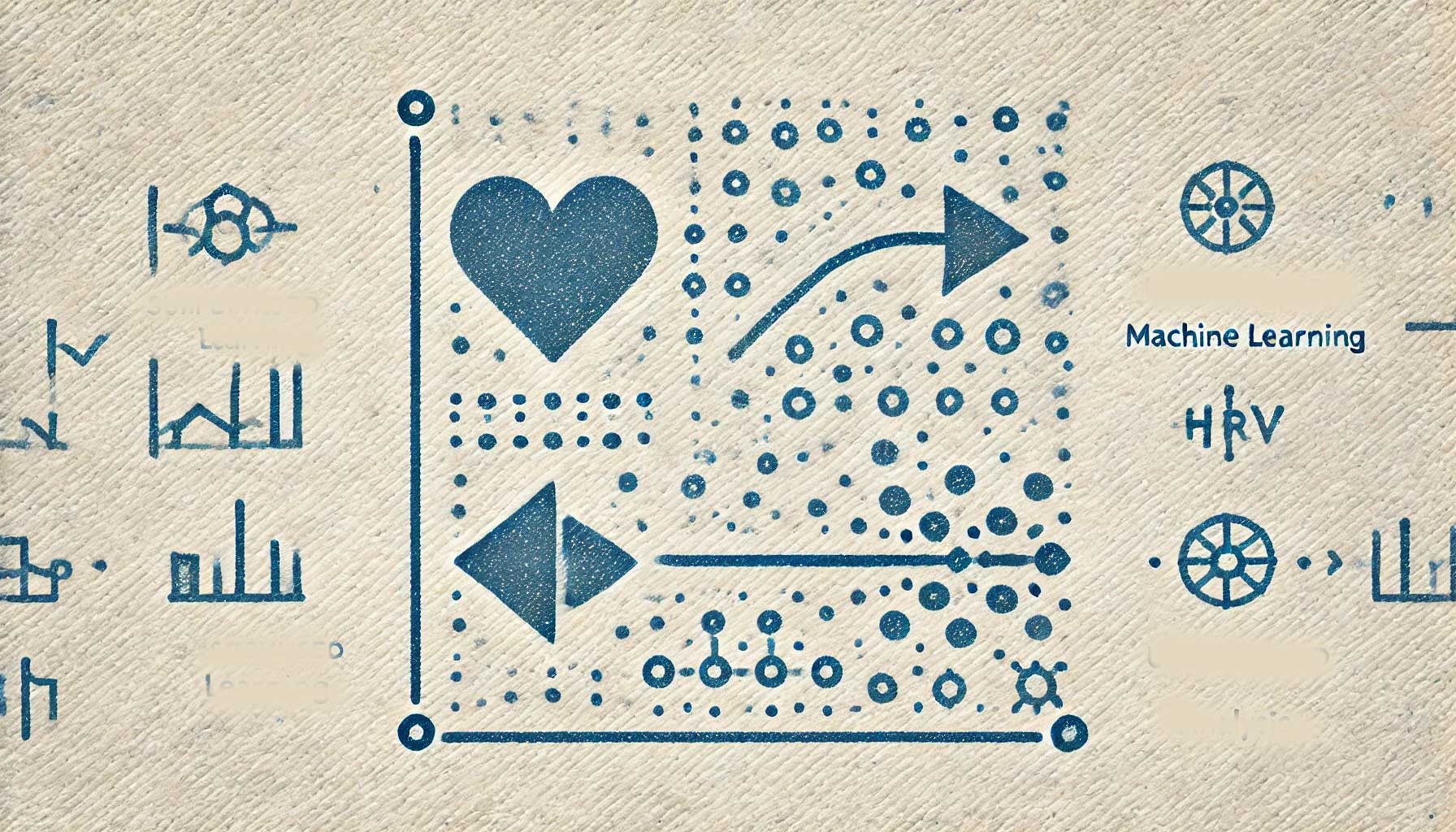
Conclusion
Supervised and unsupervised machine learning each have unique roles in HRV analysis. By understanding their differences and knowing when to use each, researchers can optimize their studies to extract meaningful insights from HRV data. Future articles will delve deeper into the specifics of these techniques, providing practical guidance and examples to help you make the most of machine learning in your HRV research.
Call to Action
📅 If you want to learn more about Fibion’s solution for measuring HRV, do not hesitate to book a video call with our expert Dr. Miriam Cabrita.

🔍 You may also discover other valid and reliable products in our portfolio, such as the Fibion Research, Fibion Vitals, Fibion Sleep, Fibion Sens, Fibion Emfit, and Fibion Circadian, all designed to assist in research measuring physical activity, sedentary behavior, and sleep.
✨ For those interested in an in-depth look at the features and pricing across available heart rate variability (HRV) actigraphy tools, we invite you to explore our comprehensive comparison sheet. Click here for access.
Frequently asked questions about this topic:
What is the main difference between supervised and unsupervised learning for HRV analysis? +
The main difference is that supervised learning uses labeled data to make specific predictions or classifications, while unsupervised learning works with unlabeled data to discover hidden patterns and structures in HRV data.
When should I use supervised learning for HRV analysis? +
Use supervised learning when you have a well-labeled dataset and specific research questions, such as predicting health outcomes or classifying HRV patterns. It is ideal for studies requiring clear, actionable results.
What are the benefits of using unsupervised learning in HRV research? +
Unsupervised learning is beneficial for exploratory research where labeled data is unavailable. It helps discover new patterns, group similar HRV profiles, and detect anomalies that could indicate health issues.
Can I combine supervised and unsupervised learning for HRV analysis? +
Yes, combining both approaches can be effective. Unsupervised learning can be used to explore data and identify new patterns, while supervised learning can refine these findings to make specific predictions or classifications.
What are the challenges of interpreting results from unsupervised learning in HRV analysis? +
Unsupervised learning results can be abstract and less straightforward since they lack predefined labels. Additional steps are often needed to interpret the patterns and translate them into actionable insights for research or clinical use.
How do data requirements differ between supervised and unsupervised learning? +
Supervised learning requires labeled datasets with known outcomes, making it suitable for specific research questions. Unsupervised learning does not need labeled data, making it ideal for exploratory studies where the goal is to discover new patterns.










